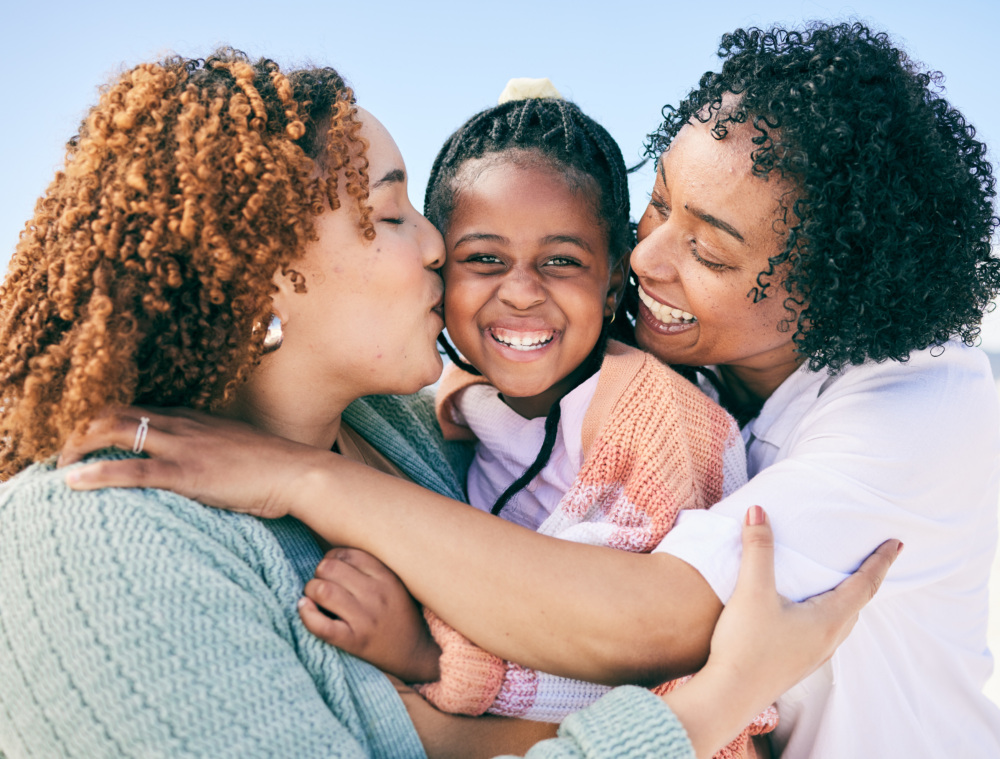I’m Pregnant
If you're facing an unintended pregnancy or have recently given birth, we're here for you with free and confidential all-options counseling, resources, and support. Call or text our pregnancy counselors 24/7 at 800-439-0233.
If you're facing an unintended pregnancy or have recently given birth, we're here for you with free and confidential all-options counseling, resources, and support. Call or text our pregnancy counselors 24/7 at 800-439-0233.
Browse our network of adoption services including infant and foster care adoption, home studies, and post-adoption support.
Explore our network of services including specialized counseling and support groups that help to stabilize and improve behavioral health symptoms.
Looking for Adoptions Together or FamilyWorks Together? New name, same us. Here’s why!
Adopting from foster care is an incredible way to grow your family. Adoptions Together, a program of Paths for Families, can support you through every step of the process including a robust network of post-adoption services that lead to long-term positive outcomes. Explore our frequently asked questions and inquire about the process today.
Children enter the public foster care system due to a range of circumstances, including abuse, neglect, and substance abuse issues, among others. All children who are in foster care have experienced some kind of trauma.
Children available for adoption from foster care are often considered “older.” Infant adoption typically occurs when birth parents voluntarily make a plan of adoption for their child at birth or shortly thereafter. These children are not in foster care.
Many children enter foster care after a mandated reporter (typically from school or child care) observes situations of abuse or neglect and reports this to child welfare authorities. Prior to their encounters with mandated reporters, children may be in stressful situations with family members or other associates who are not required to report. Therefore, many children are school-aged when they first enter foster care.
The goal of foster care is to reunify children with their biological families, not be adopted by non-relatives. This reunification process may take several years, as biological parents are given assistance to remedy the challenges that initially caused the removal. When reunification is not possible, it is only then that child welfare professionals work to terminate parental rights, which can also take time. Children are considered legally free for adoption after their biological parental rights are terminated. Due to the lengthy nature of all processes in foster care, children are typically older than 8 years of age when they are legally free for adoption.
Our foster care adoption program places children, youth, and teens from across the United States with parents living in Maryland, Washington D.C., and Virginia.
To adopt through our program, parents need to complete 30 hours of training and a home study. You will then work with a foster care adoption team member to find a child, undergo placement, and move towards finalization. The adoption can be finalized after the child has lived with you for a minimum of six months.
Most adopted children are eligible for an adoption subsidy, which varies based on the child’s specific needs.
Begin the process of adopting from foster care attending one of our information meetings or contacting our Home Study team.
Each home study involves interviews with an experienced adoption social worker, background checks, and a home safety inspection. The social worker compiles a report and recommends proceeding with adoption.
Most foster care adoptees are eligible for Medical Assistance to cover special psychological and medical care needs.
We provide comprehensive information about a child from their guardian agency, including medical, social, and developmental history. We help you assess whether the child is a good fit for your family.
Children who are legally available to be placed for adoption from foster care usually cannot be reunified with their biological parents. Some children’s birth parents’ rights are still in the process of being terminated by the state where the child has been placed in care. When reunification is unsuccessful, children still have active or inactive relationships with family members and adoptive families should be open to maintaining these connections.
All program participants are required to attend our training for adopting from foster care and complete their home study with our agency.
Families of all types, including singles, couples, those with or without children, are encouraged to apply for adoption.
There are several ways to begin the foster care adoption process. A licensed adoption agency or local department of social services can help you get started. Adoptions Together, a program of Paths for Families, can help you on your foster care adoption journey. Here’s how the foster care adoption process works.
When we work with families who are adopting from foster care, our job is to ensure they understand the complexities of adoption and how adoption from foster care works. We are often asked if children adopted from foster care can be “returned” to their biological families after an adoption takes place. The short answer is: No. Adoption is a legally binding process, and adoptive parents are the legal parents of their children once an adoption is finalized.
Learn about the costs of adoption from foster care through Adoptions Together, a program of Paths for Families.
Adopting from foster care is one of the most affordable ways to grow your family through adoption. The cost of foster care adoption will vary depending on how you adopt. Using a private agency like Adoptions Together will cost more than pursuing a foster care adoption through a public child welfare agency, but families will feel a greater sense of preparedness and support.
